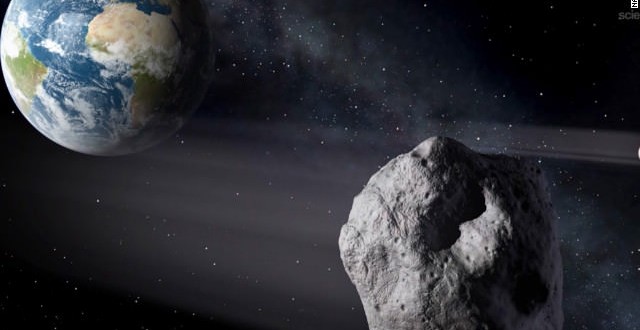NASA has reported new findings of rogue asteroids in the solar system, making scientists rethink what is possible pertaining to asteroids. NASA previously believed several environmental chemistry standards were needed for asteroids to form and that asteroids born in these regions, could not escape them without their destruction.
The new asteroid map suggests that the early solar system may have undergone dramatic changes before the planets assumed their current alignment. For instance, Jupiter may have drifted closer to the Sun, dragging with it a host of asteroids that originally formed in the colder edges of the solar system, before moving back out to its current position.
Jupiter’s migration may have simultaneously knocked around more close-in asteroids, scattering them outward.
Francesca DeMeo, who did much of the mapping as a postdoc in MIT’s Department of Earth, Atmospheric and Planetary Sciences, said that the new map will help theorists flesh out such theories of how the solar system evolved early in its history. She and Benoit Carry of the Paris Observatory have published details of the map in Nature.
To create a comprehensive asteroid map, the researchers first analyzed data from the Sloan Digital Sky Survey, which uses a large telescope in New Mexico to take in spectral images of hundreds of thousands of galaxies. Included in the survey is data from more than 100,000 asteroids in the solar system.
DeMeo grouped these asteroids by size, location, and composition. She defined this last category by asteroids’ origins – whether in a warmer or colder environment – a characteristic that can be determined by whether an asteroid’s surface is more reflective at redder or bluer wavelengths.
Agencies/Canadajournal
 Canada Journal – News of the World Articles and videos to bring you the biggest Canadian news stories from across the country every day
Canada Journal – News of the World Articles and videos to bring you the biggest Canadian news stories from across the country every day



